Algebra 2 Skills Checklist for Standards Based Grading
For several years, I taught Algebra 2 to high school students using standards-based grading (SBG). Each year, I would write a blog post sharing my SBG skills list for that school year.
Though I no longer teach Algebra 2 or use SBG in the classroom, I decided to compile these SBG skills lists to serve as inspiration for any teachers who are working to create their own list of learning goals. I know that I spent many hours looking at other teachers’ skill lists when I was writing my own list of skills the first time around.
If you are looking for more SBG inspiration, my husband has previously shared his SBG skill lists for Geometry and Algebra 2.
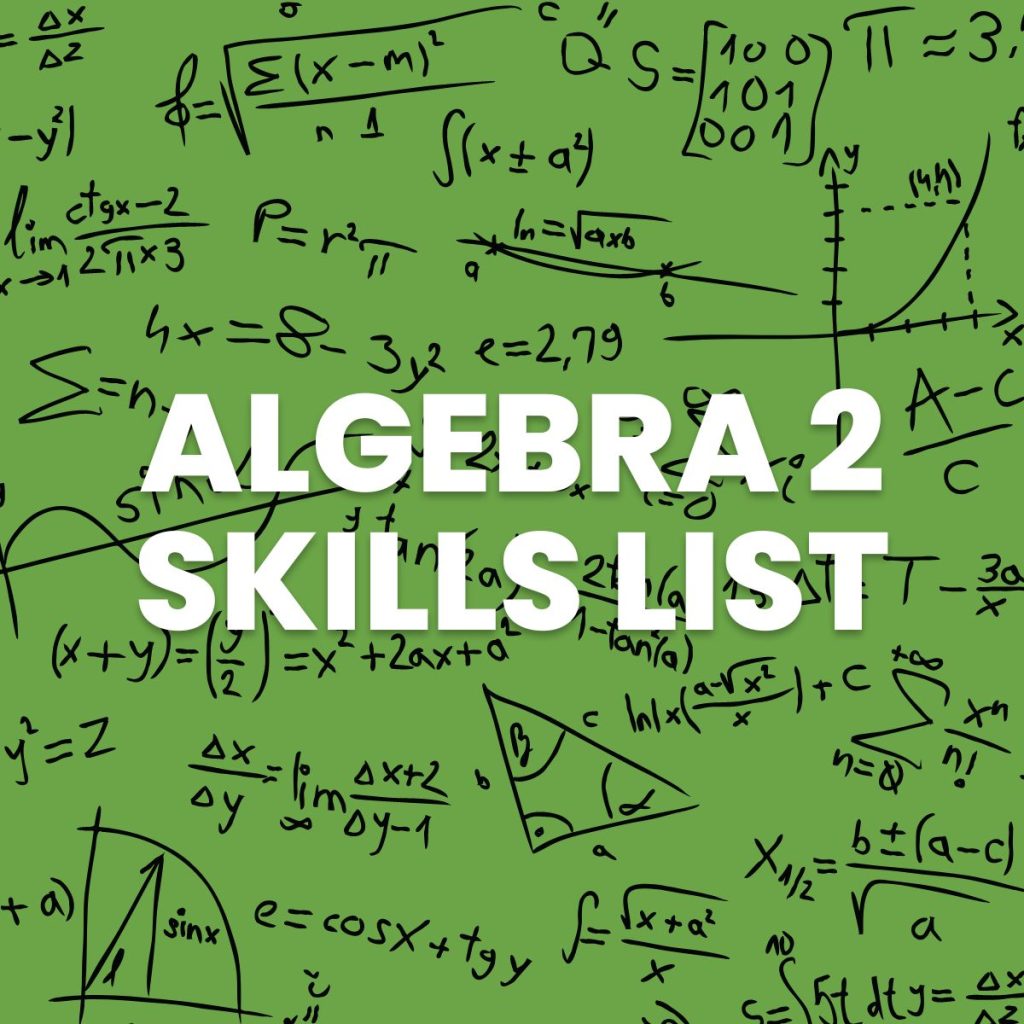
2015-2016 Algebra 2 SBG Skills List
I’ve reorganized my Algebra 2 course for next year. I’m going from having 3 units to 11 units which is kind of a crazy jump.
I’ve also increased my number of skills/quizzes, but each skill is much more focused than in the past.
For this year’s tables of contents in our INBs, students will only have to fill in which page numbers correlate to which skill. I’m hoping this helps keep my students more organized.
Last year, I had many students who did not do their tables of contents since I was not grading or checking the notebooks.
Unit 1 – Algebra Fundamentals
- I can classify numbers within the real number system.
- I can perform operations on integers and apply the order of operations.
- I can solve equations using the three essential rules of math.
- I can apply the properties of exponents to simplify expressions.
- I can graph ordered pairs and linear functions on the coordinate plane.
- I can determine if a relation is a function and justify my answer.
- I can evaluate functions from an equation, a graph, or a table.
- I can find the prime factorization of a number.
- I can perform basic operations with fractions.
Unit 2 – Operations with Polynomials
- I can label the parts of a polynomial.
- I can simplify polynomials and write them in standard form.
- I can name polynomials according to their degree and number of terms.
- I can factor out the GCF of a polynomial.
- I can add or subtract polynomials.
- I can multiply polynomials.
- I can divide polynomials.
- I can fully factor a polynomial.
Unit 3 – Rational Expressions and Equations
- I can simplify rational expressions.
- I can add and subtract rational expressions.
- I can multiply and divide rational expressions.
- I can simplify complex fractions.
- I can solve rational equations.
Unit 4 – Radicals and Complex Numbers
- I can convert between radical form and rational exponent form.
- I can simplify radicals.
- I can add and subtract radicals.
- I can multiply radicals.
- I can divide radicals and rationalize the denominator.
- I can solve equations involving radicals.
- I can add and subtract complex numbers.
- I can multiply complex numbers.
- I can divide complex numbers.
Unit 5 – Exponentials and Logarithms
- I can solve exponential equations without logarithms.
- I can convert between exponential form and logarithmic form.
- I can solve logarithmic equations.
- I can solve exponential equations with logarithms.
- I can write equations for exponential growth and decay.
Unit 6 – Working With Functions
- I can identify the x- and y-intercepts of a function.
- I can find the relative maxima and minima of a function.
- I can specify the intervals where a function is increasing or decreasing.
- I can find the domain and range of a function.
- I can graph functions and choose an appropriate window.
- I can identify the horizontal and vertical asymptotes of a rational function.
- I can find the inverse of a function and determine if it is a function.
- I can add, subtract, multiply, and divide functions.
- I can compose functions.
Unit 7 – Solving Quadratics
- I can solve quadratic equations using a graph or my graphing calculator.
- I can solve quadratic equations by factoring and applying the zero product property.
- I can solve quadratic equations by square rooting each side.
- I can solve quadratic equations by completing the square.
- I can solve quadratic equations using the quadratic formula.
Unit 8 – Parent Functions and Data Analysis
- I can recognize parent functions given a graph, equation, or table.
- I can translate parent functions.
- I can find a regression equation to fit a set of data.
- I can describe the correlation of a set of data.
- I can make conclusions based on data.
Unit 9 – Conic Sections
- I can identify the conic section given an equation or graph.
- I can graph and describe parabolas.
- I can graph and describe circles.
- I can graph and describe ellipses.
- I can graph and describe hyperbolas.
Unit 10 – Systems of Equations and Inequalities
- I can write a system of equations or inequalities to match a situation.
- I can solve systems of equations algebraically.
- I can solve systems of equations graphically.
- I can graph systems of inequalities.
Unit 11 – Sequences and Series
- I can identify sequences and series as arithmetic, geometric, or neither.
- I can find the nth term of a sequence or the sum of a series recursively.
- I can find the nth term of a sequence or the sum of a series using a formula.
2014-2015 Algebra 2 SBG Skills List
Unit 1 – Graphing and Describing Graphs
- I can graph and identify key aspects (domain, range, intercepts, intervals of increasing and decreasing, and relative maxes and mins) of functions (quadratic, radical, logarithmic, exponential, polynomial, and rational).
- I can identify parent functions based on graph, equation, description, or set of data points.
- I can find and graph the inverse of a function, if it exists.
- I can identify, graph, and describe conic sections.
Unit 2 – Add/Subtract/Multiply/Divide/Simplify/Convert Expressions
- I can factor out the GCF of an expression.
- I can factor quadratic trinomials.
- I can perform polynomial long division.
- I can simplify radical expressions.
- I can add and subtract radical expressions.
- I can multiply and divide radical expressions.
- I can convert between radical notation and rational exponent notation.
- I can simplify rational expressions.
- I can add and subtract rational expressions.
- I can multiply and divide rational expressions.
- I can simplify complex fractions.
- I can add/subtract/multiply/divide/simplify complex numbers.
- I can add/subtract/multiply/divide functions in function notation.
- I can simplify (evaluate) logarithmic expressions.
- I can convert between logarithmic and exponential form.
- I can use the properties of logarithms and the change of base formula to rewrite logarithmic expressions.
- I can compose functions in function notation.
Unit 3 – Solving Equations
- I can solve quadratics by graphing.
- I can solve quadratics by factoring.
- I can solve quadratics by completing the square.
- I can solve quadratics by taking the square root of both sides.
- I can solve quadratics using the quadratic formula.
- I can solve systems of equations by graphing.
- I can solve logarithmic equations.
- I can solve exponential equations.
- I can solve polynomial equations.
- I can solve rational equations.
Unit 4 – Sequences and Series
- I can identify a sequence, series, or situation as arithmetic or geometric.
- I can find the nth term in a sequence.
- I can find the sum of the first n terms in a series.
Unit 5 – Modeling
- I can write a system of equations that models a situation.
- I can use the model of a function to answer questions about a situation.


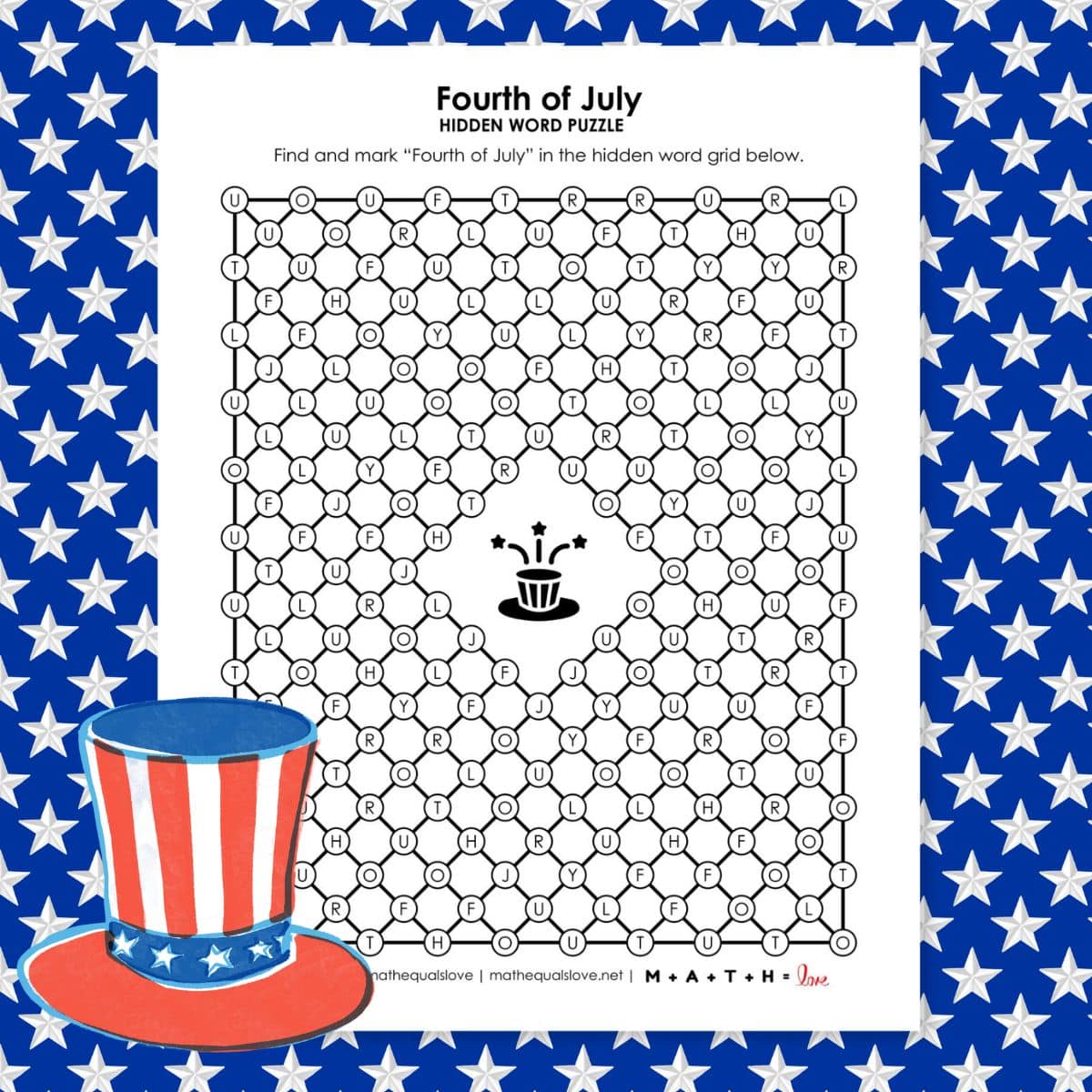
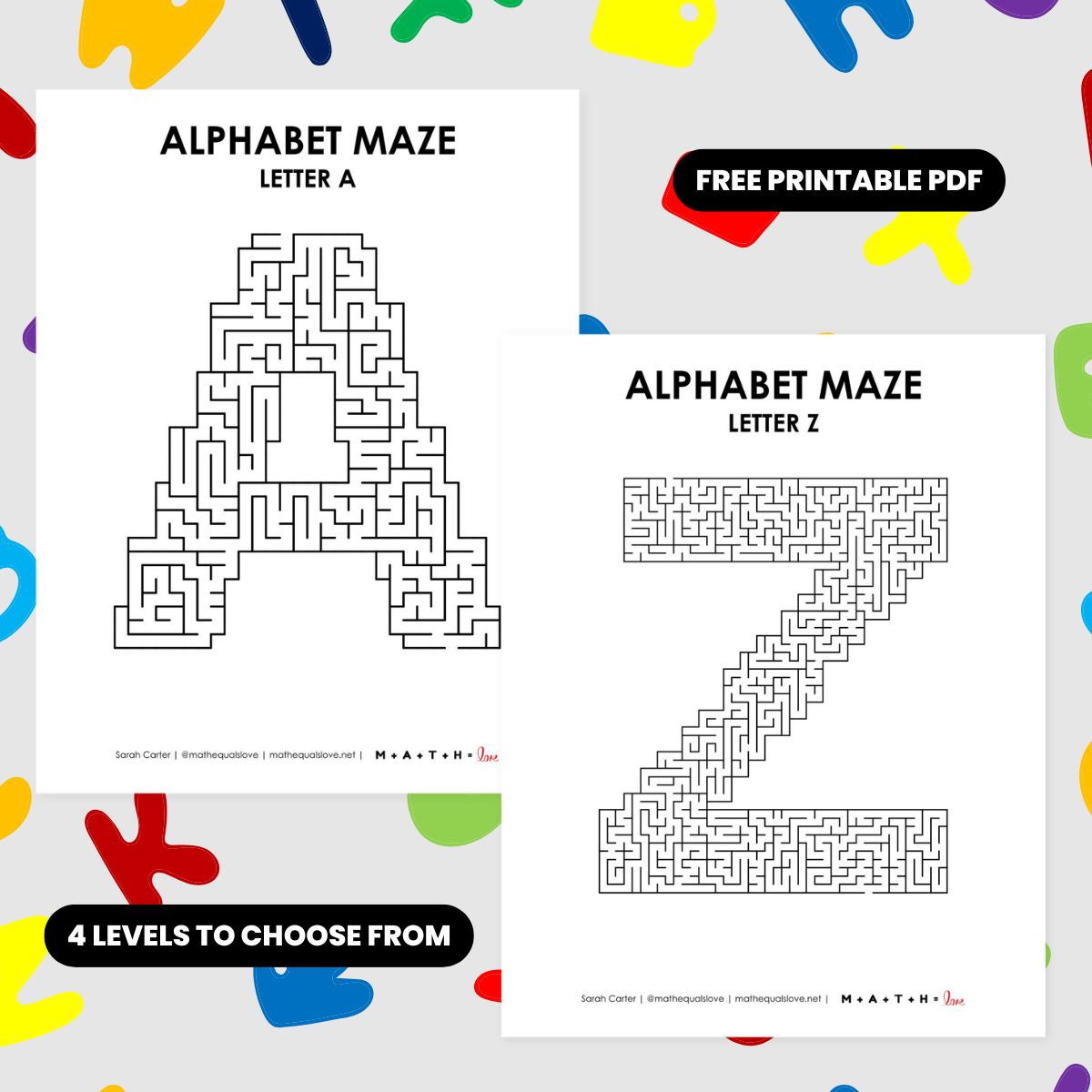
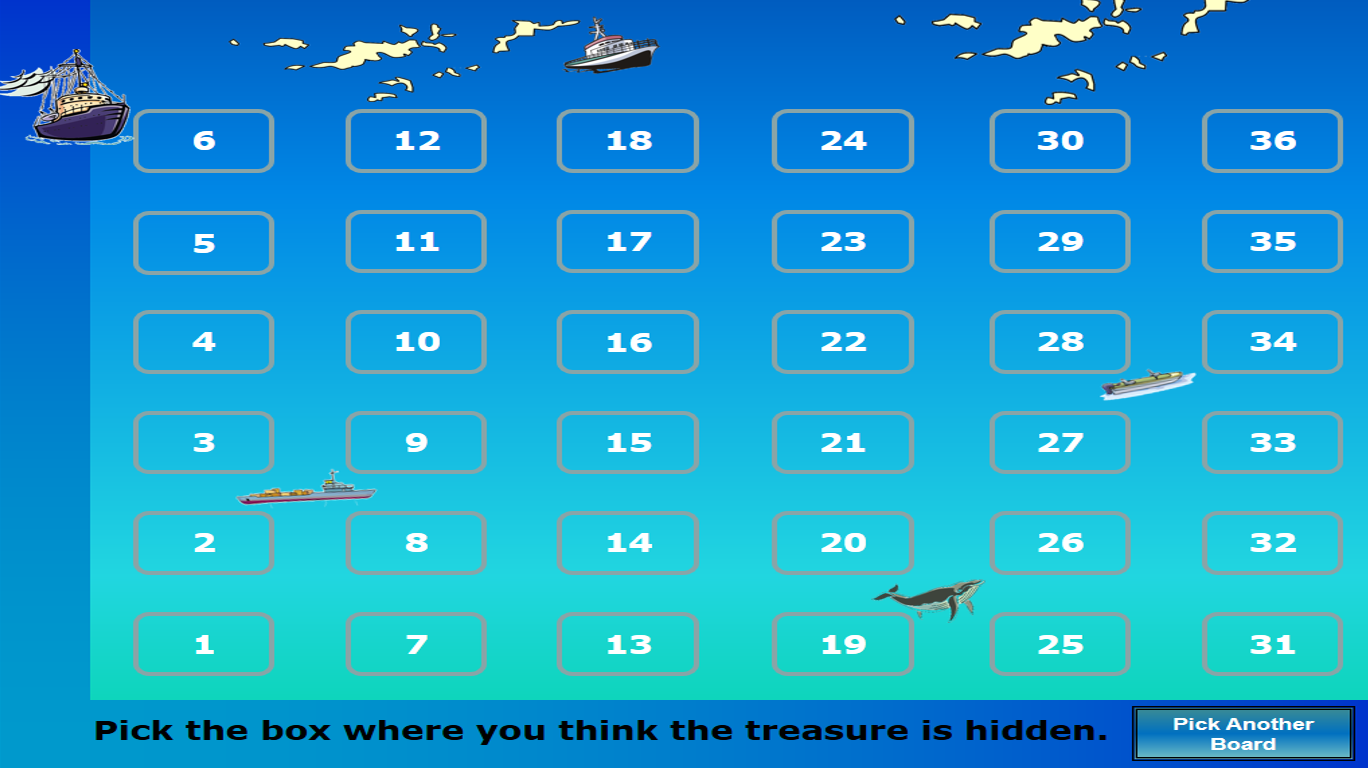
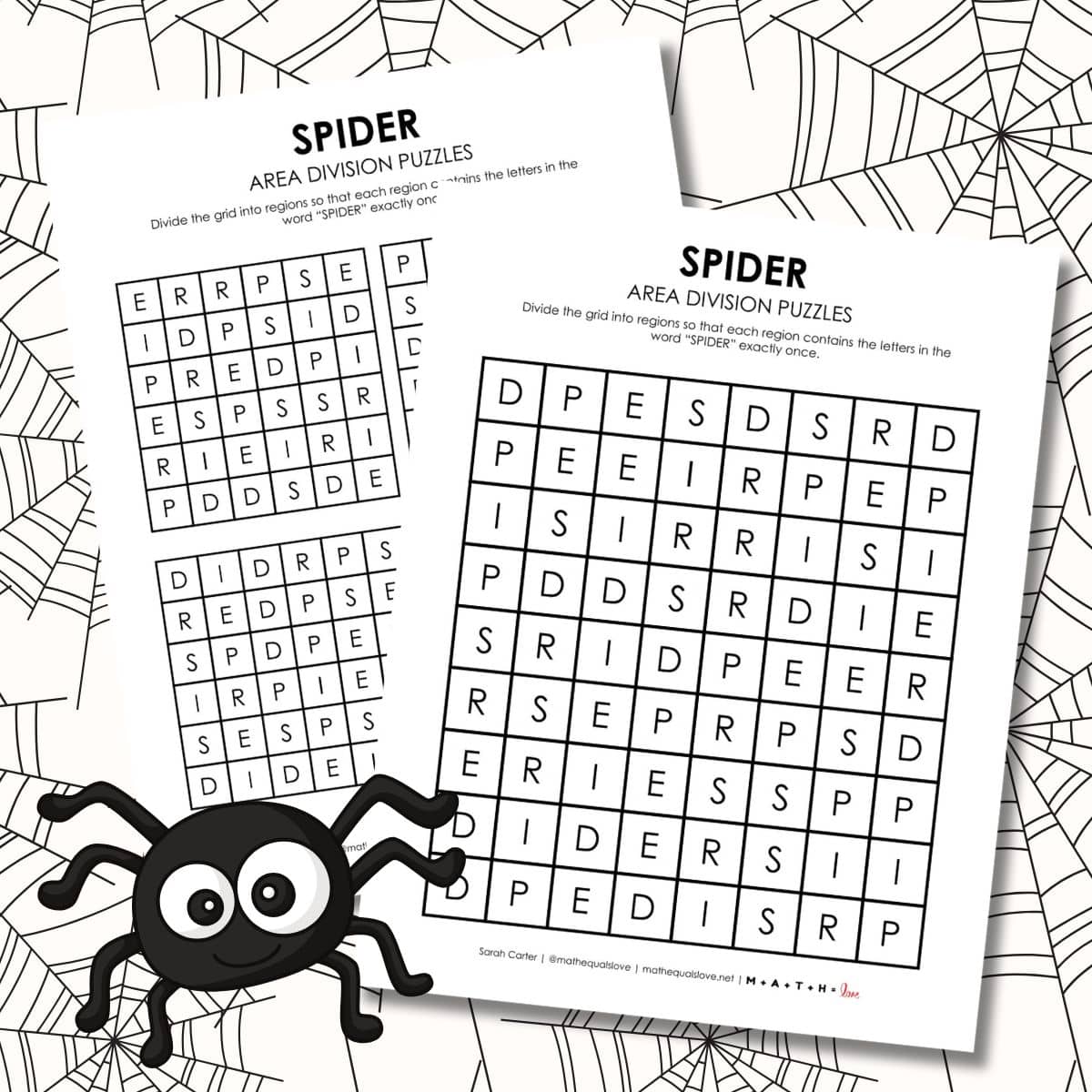

Did you get these learning goals from the state standards or did you take them from a textbook? I'm going to be doing this for Algebra 1, and I don't really know where to start!!
Hi Kaylon! I actually wrote them myself based on the state standards. I took each of the state standards and broke them into the individual skills students need to have. Then, I took the skills and sorted them into units. I did this last year as well and came up with a much different set-up of skills. I'm continually changing how I frame the course and what order I teach everything in. Good luck!
Wow, I hope you have a lot of class time with these kids because that is a lot of material. It's way more than my Algebra II ever covered.
The first 9 skills are review, but all of the others are in the Oklahoma standards. It's always a struggle to get through everything. Usually, I end up leaving out systems and rushing through a few other things to get everything taught before the test.
We also teach trig. My units from this year were linear functions, General Functions, Transformations, Quadratics, Polynomials, Rational Functions, Conic Sections, Right Triangle Trig, Unit Circle, Graphing Trig Functions, and Exponents/Logarithms. We have a brand new text book next year. We do the trig to prepare the students for precalculus as our book as a heavy trig focus.Sequences are taught at the Algebra 1 level.
Hi Sarah! I've been reading/enjoying your blog for a while now, but I've been teaching sixth grade so the reading has been recreations #nerdyandproud
Next year I'm switching to high school (yay!!) and teaching Math I, Math II and Math II Honors (we're using Common Core). Do you know how the Oklahoma standards compare to CCSS? I love your resources, especially this list of Algebra II skills, but I'm not sure how it compares to what my kids will need to learn.
Thanks for your help!
Hi Emily,
I'm teaching CCM1 next year and thinking of trying interactive notebooks too! Maybe we can collaborate some ideas as we go. I think that pieces of Sarah's Alg 1 and Alg 2 skills are used but CCSS has geometry elements that I don't see here. Feel free to email me at cwilson@eastwakeacademy.org.
OK standards and CCSS standards do not compare well. Sorry!
Is there anyway you could post a blank one of these unit table of contents? I like this design for my chemistry class next year!
Posted editable files here: https://mathequalslove.net/interactive-notebook-dividers/
A blank copy would be great!
Done! https://mathequalslove.net/interactive-notebook-dividers/
Hey, Sarah!
I love the list of skills as a table of contents! I teach 7th and 8th grade Pre-Algebra classes in a middle school in South Carolina, and I am also going into my 4th year of teaching. I have been following your blog since I started teaching and have stollen many of your ideas (sorry. not sorry! :)) You have inspired me to create my own blog. It is a lifestyle and teaching blog. I would love for you to check it out!! I just hope it will be half as great as yours!!
http://gettinrealinroom207.blogspot.com
Thanks! I can't wait to check out your blog, Elizabeth!
Sarah, Is there a way for me to access a blank format of this skill/LG/page template? or did you make each one individually. I'm noticing that each one is a different size and they do not all fit into the INB. Thankss.
MK
looks like on BOX they are in .pub
any way you have them saved as .pdf?